 Here – “endlich”, finally – is the last part of Thorsten Jordan’s ‘Wonnegau Story’ delayed by the Riesling Road Trip during which I had to use the little internet time I got to report on our adventures while crossing the continent from Venice Beach/LA to NYwineC. In it he turns to the question of what makes the Wonnegau area of Rheinhessen special. This is serious stuff for an 18 year old who’s still (just) at school. My apologies that I didn’t have a free week to translate all four sections of this story into English!
Here – “endlich”, finally – is the last part of Thorsten Jordan’s ‘Wonnegau Story’ delayed by the Riesling Road Trip during which I had to use the little internet time I got to report on our adventures while crossing the continent from Venice Beach/LA to NYwineC. In it he turns to the question of what makes the Wonnegau area of Rheinhessen special. This is serious stuff for an 18 year old who’s still (just) at school. My apologies that I didn’t have a free week to translate all four sections of this story into English!
Mein “Auftrag” war es, den neuen Jahrgang im Wonnegau zu bewerten und der grundlegenden Frage nachzugehen, warum der Wonnegau so besonders für den Weinbau sein soll, bzw. ist. Diese Arbeit hat mir besonders viel Spaß bereitet und dementsprechend kann ich auch einiges sagen.
Der Jahrgang 2012 im Wonnegau präsentiert sich allgemein saftig und kräftig, wenn auch deutlich opulenter als der vorige Jahrgang, büßt dabei aber keinesfalls an Finesse ein! Da fällt mir zum Beispiel der Riesling trocken2012 (Gutswein) vom Weingut Keller in Flörsheim-Dahlsheim ein, der herrlich nach Grapefruit und Zitrone duftet, im Mund aber diese Butter-Note hat und eine Power und Mineralität mitbringt, die fesselt. Trotz dessen bewahrt er seine kühle Seele, die einen förmlich ans Glas fesselt! Der 2012er Nierstein Riesling vom gleichen Weingut vereint all das, was man von einem rassigen, auf Schiefer gewachsenen Riesling erwartet. Er zeigt sowohl saftige Cremigkeit als auch diese steinige, ja, man kann sagen schiefer-artige Nuance.
„Wir im Wonnegau sind ein offenens Völkchen. Dementsprechend ist auch der Austausch sehr groß und wichtig, wir rudern alle in die gleiche Richtung und kommen somit schneller und besser voran! Noch dazu haben wir hier besonders viel Kalksteinböden, die guten Wein hervorbringen und ideal zum Klima passen“
Das Weingut Dreissigacker in Bechtheim kann mit einem hervorragenden Geyersberg Riesling 2012 punkten. Der Wein vermittelt durch das Holz eine gewisse Rauigkeit bringt aber gleichzeitig auch Cremigkeit mit vom langen Kontakt mit der Gärhefe. Die frische Säure gleicht den herben Gerbstoff sehr gut aus. Der Wein wird mit jedem Schluck spannender! Favorit #2 hier ist der Weißburgunder 2012. Der erste Gedanke bei diesem Wein war: Blumen. Nach einiger Zeit wurde es dann präziser, ich legte mich auf Veilchen fest. Auch hier konnte ich wieder finden, was mich am Geyersberg so fasziniert hatte: Das Spiel zwischen belebender Säure und charakterstarkem Gerbstoff, Wahnsinn! Einer kleinen Anmerkung bedarf es jedoch noch: Sowohl der Geyersberg Riesling als auch der Weißburgunder waren zum Zeitpunkt meines Besuchs nur als Fassproben verfügbar. Der „Geschmack“ könnte sich also noch etwas verändert haben. Der WB stand aber schon kurz vor der Füllung, der Unterschied dürfte bei ihm also wenn überhaupt nur geringfügig sein.
„Das derzeitige Klima in der Region begünstigt eine gute Reife. Außerdem haben die Winzer hier enorm viel Motivation und Begeisterung für guten Wein und um solchen auch zu machen. Die ganze Region stand schon mit dem Rücken zur Wand und kann nur noch in eine Richtung – nach vorne! Und man weiß ja: Wer rastet, der rostet!“
Weinreich – Marc Weinreich (aus Bechtheim)… wer schon so heißt, der muss doch guten Wein machen! Und das trifft auch zu! Der 2012er Riesling trocken zum Beispiel, der einfach Grip hat und selbst mit einem leichten Anklang von Feuerstein frisch und bodenständig bleibt. Nach einem wechselreichen Finale folgt ein angenehmer Nachgeschmack der Lust auf’s nächste Glas macht. Ein Wein, der mich gleich komplett auf Wolke 7 gebeamt hat war der Chardonnay&Weißburgunder 2012. Dieser Wein hat mich schier so beschäftigt und in seinen Bann gezogen, dass in meinen Notizen dreimal hintereinander das Wort floral auftaucht. Aber diese Note, das Florale und ein herrlicher Geschmack nach süßer, geschlagener Sahne, fast schon in die Richtung Karamell machen ihn einfach unvergleichlich! Chapeau lieber Marc, der Wahnsinn!
„Wir haben hier eine der wärmsten und trockensten Regionen, die sich gut für Burgunder und eben DIE andere Art Riesling eignet. Alle gemeinsam haben wir einen ganz ähnlichen Leitgedanken, der hilft, die ganze Region nach vorne zu treiben. Auch die Ausbildung ist hier phänomenal! Diese Aspekte gelten aber für das gesamte Anbaugebiet Rheinhessen!“
Nach Käse und Kiwi riecht er nicht nur, nein, er schmeckt auch so. Hinzu kommen sowohl eine schöne straffe Säure, die der Wein auch braucht, als auch eine wunderbare Creme hintennach. So würde ich den Chardonnay 2012 vom Weingut Spiess in Bechtheim beschreiben. Ein Kandidat für den Sommerabend aus dem Bilderbuch oder auch den etwas wärmeren Herbstabend ist sicherlich der Riesling feinherb 2012. Er überzeugte durch seine zugleich schmeichelnde, spritzige und erfrischende Art und die lebhaften Aromen von Apfel und Nektarine. Er eignet absolut als Dauerbrenner!
„Gut für diese Region ist vor allem das Klima, das seit dem Jahr 2000 besonders günstig ist. Die Beeren wachsen, werden reif und es werden gute Weine daraus. Was wir heute aus dem Weinberg holen ist fast schon perfekt, bedarf nur noch ein bisschen Fürsorge! Das war nicht immer so…“
Mit dem Weingut Weinreich hatte ich ja schon einen zertifiziert ökologischen Betrieb inne. Mit dem Besuch beim Weingut Wittmann in Westhofen konnte ich jetzt auch einen Haken bei „biodynamisch“ setzen. Mit dem Jahrgang 2012 ist man bei Wittmann sehr zufrieden, sowohl was die Menge betrifft, als auch die Qualität des Leseguts. Doch konnte man das auch in die Weine bringen? Wie schon in Teil drei dieser Wonnegau-Serie beschrieben verbindet mich mit der Scheurebe von Wittmann etwas für mich sehr wichtiges! Die 2011er Scheu war etwas schwerfällig, aber genial! Der Jahrgang 2012 jedoch stellt den letztjährigen in den Schatten. Joghurt, Rhabarber und eine elegante Würze verleihen dem Wein bei all seiner Simplizität doch viel Klasse! Apropos Klasse. Als klassischer Riesling präsentiert sich 2012 ebenso. Der Riesling trocken 2012 (Gutsriesling) steckt voll frischer Säure und Aromen von getrockneten Früchten wie Apfel und Aprikose.
„Junge, engagierte Winzer, die die Meinung der älteren Herrschaften nicht kümmert und die ihr Ding machen, einfach komplett neue Sachen ausprobieren. Das sind die Pioniere, die die Region voranbringen. Und dann gibt es da noch die Betriebe, die schon etwas länger im Fokus stehen und die Stabilität beitragen.“
Nur in Fassproben erlebte ich den neuen Jahrgang bei Stefan Winter vom Weingut Winter in Dittelsheim-Heßloch. Nichts desto trotz hauten mich die Weine vom Hocker! Der Riesling 2012 fesselte mit einer Sponti-Nase, wirkte aber ganz leicht, grasig-kräuterig-grün mit einer schönen Struktur. Einzig und allein hintennach wirkt er, als hätte er etwas viel Gerbstoff. Dann fiel mir der zweite Favorit der Runde auf und langsam fragte ich mich, ob ich nun auch noch zum Weißburgunder-Fan würde. Der Dittelsheimer Weißburgunder 2012 hatte zwei Dinge, die mich von vornherein an ihm begeisterten: Da war einmal diese Exotik, angeführt von Pfirsich über Ananas bis zu Mango. Zum anderen besaß er zum Finale hin eine stärkende Strenge, die vorher geschickt von der frischen Säure kaschiert, nein, sagen wir zugunsten des Weins unterdrückt wurde. WAHNSINN!
„Wir haben in Rheinhessen und besonders hier im Wonnegau einfach geile Böden und gute klimatische Bedingungen! Diese ermöglichen unterschiedliche Reifeverläufe. In der einen Lage wird der Riesling zwei Wochen früher reif als in der anderen zum Beispiel. Das ermöglicht einem unheimlich viele verschiedene Stile zu schaffen. Das und die Tatsache, dass so viele Winzer einfach Bock darauf haben geilen Wein zu erzeugen, das macht diese Region so einzigartig für den Wein, für den deutschen Weinbau!“
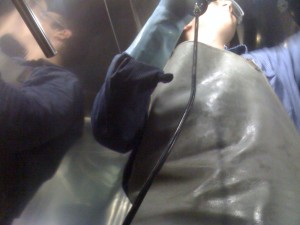 Zu guter Letzt komme ich nun zu meinem Praktikumsweingut, dem Weingut Helmut Geil in Monzernheim. Für die Probe des neuen Jahrgangs gab es hier keinen richtigen Termin, dort fand alles zwischen den anderen Weingutsbesuchen und spontan statt. Es wurde mal an dem Abend ein Wein getrunken, mal an dem. An wieder einem anderen wurde zusätzlich noch diese oder jene Flasche von diesem oder jenem Weingut parallel getrunken und verglichen und geurteilt. Es geschah alles sehr interaktiv, was mir erstens riesig Spaß machte und zweitens auch etwas half, wenn ich das behaupten darf. Aber nun zum ersten Kandidaten! Der Bonus Riesling 2012 (Gutsriesling) besticht durch wunderbare Aromen von Apfel, Kiwi, Cassis und Stachelbeere. Er ist strohig, frisch und wirkt am Gaumen wunderbar belebend. Nur hat man den Eindruck, dass er etwas zu wenig Alkohol für die taffe Säure hat. Trotzdem kann man sich ihm nicht mehr entziehen, wenn er einen einmal gefangen hat! Ähnlich fesselnd aber doch ganz anders ist da ein Wein aus einer in Deutschland eher seltenen Rebsorte. Eine Rebsorte, deren Name nicht nur Ampelographen in Ekstase versetzt! Auch mich hat es erwischt! Es handelt sich hier um die Melior Albalonga Spätlese 2012. Honig, Melisse, weiße Traube und Orange. Er ist saftig, cremig und besitzt viel Extrakt. Zum Thema Nachgeschmack kann ich nur eines sagen: HAMMER!
Zu guter Letzt komme ich nun zu meinem Praktikumsweingut, dem Weingut Helmut Geil in Monzernheim. Für die Probe des neuen Jahrgangs gab es hier keinen richtigen Termin, dort fand alles zwischen den anderen Weingutsbesuchen und spontan statt. Es wurde mal an dem Abend ein Wein getrunken, mal an dem. An wieder einem anderen wurde zusätzlich noch diese oder jene Flasche von diesem oder jenem Weingut parallel getrunken und verglichen und geurteilt. Es geschah alles sehr interaktiv, was mir erstens riesig Spaß machte und zweitens auch etwas half, wenn ich das behaupten darf. Aber nun zum ersten Kandidaten! Der Bonus Riesling 2012 (Gutsriesling) besticht durch wunderbare Aromen von Apfel, Kiwi, Cassis und Stachelbeere. Er ist strohig, frisch und wirkt am Gaumen wunderbar belebend. Nur hat man den Eindruck, dass er etwas zu wenig Alkohol für die taffe Säure hat. Trotzdem kann man sich ihm nicht mehr entziehen, wenn er einen einmal gefangen hat! Ähnlich fesselnd aber doch ganz anders ist da ein Wein aus einer in Deutschland eher seltenen Rebsorte. Eine Rebsorte, deren Name nicht nur Ampelographen in Ekstase versetzt! Auch mich hat es erwischt! Es handelt sich hier um die Melior Albalonga Spätlese 2012. Honig, Melisse, weiße Traube und Orange. Er ist saftig, cremig und besitzt viel Extrakt. Zum Thema Nachgeschmack kann ich nur eines sagen: HAMMER!
„Die Region lebt vom Austausch untereinander genauso wie von der Diversität der verschiedenen Geister und Meinungen! Nicht zuletzt auch die Kommunikation unter den jungen Winzern, die die Betriebsfeindlichkeiten ihrer Eltern zugrunde gelegt haben hat diese Region zu dem gemacht, was sie ist. Nicht nur mehr der eigene Betrieb ist das einzig Wichtige. Wie die ganze Region dasteht, das zählt auch. Trotzdem ist jeder Betrieb immer noch für sich sein eigener Typ und auch die Weine, die er hervorbringt sind einzigartig. Die Vielfalt ist es, die den Wonnegau ausmacht.“
![120114_riesling_global_RZ [1600x1200]](http://www.stuartpigott.de/wp-content/uploads/2013/06/120114_riesling_global_RZ-1600x120021.jpg)
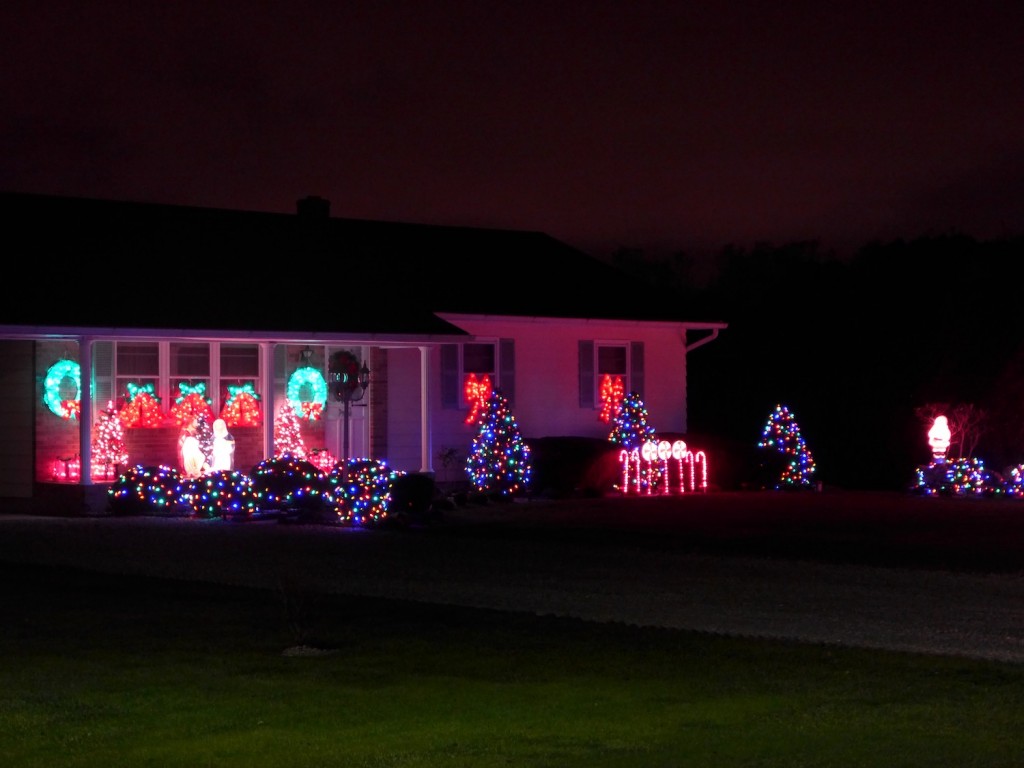 OK, so the weather in Seattle is beautiful and the sun is shining brightly (doing its very best to make the billows smooth and bright), but the Riesling Rendezvous begins today and for Riesling producers from around Planet Wine this is the equivalent of Christmas Eve. I have just one more hour left for my prep and as usual I’m scrabbling to pull everything together at the last moment, but there’s no alternative since that’s the only way I can speak well in public. At least this afternoon in the grounds of Chateau Set. Michelle just outside the city I don’t need to speak, only taste some wines make notes and exchange impressions with colleagues and friends. That’s the easy part. Monday and Tuesday will be very intense, so please be patient for the next posting. I promise that when it comes it will be packed with serious surprises!
OK, so the weather in Seattle is beautiful and the sun is shining brightly (doing its very best to make the billows smooth and bright), but the Riesling Rendezvous begins today and for Riesling producers from around Planet Wine this is the equivalent of Christmas Eve. I have just one more hour left for my prep and as usual I’m scrabbling to pull everything together at the last moment, but there’s no alternative since that’s the only way I can speak well in public. At least this afternoon in the grounds of Chateau Set. Michelle just outside the city I don’t need to speak, only taste some wines make notes and exchange impressions with colleagues and friends. That’s the easy part. Monday and Tuesday will be very intense, so please be patient for the next posting. I promise that when it comes it will be packed with serious surprises!
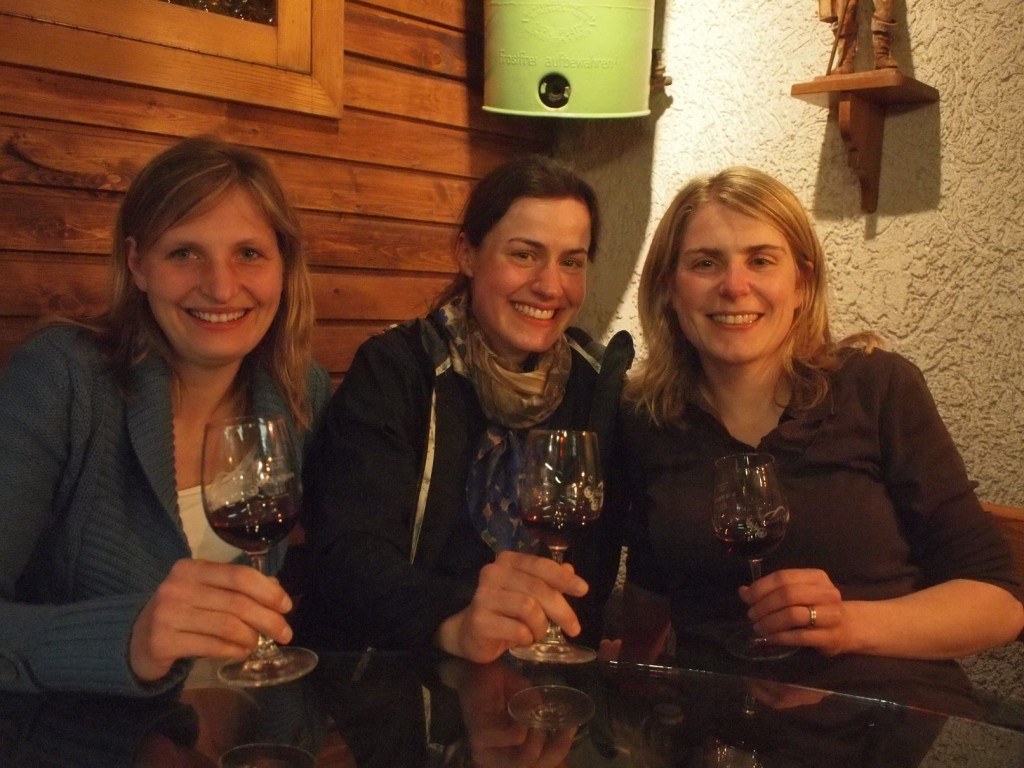
![120114_riesling_global_RZ [1600x1200]](http://www.stuartpigott.de/wp-content/uploads/2013/07/120114_riesling_global_RZ-1600x12009.jpg)
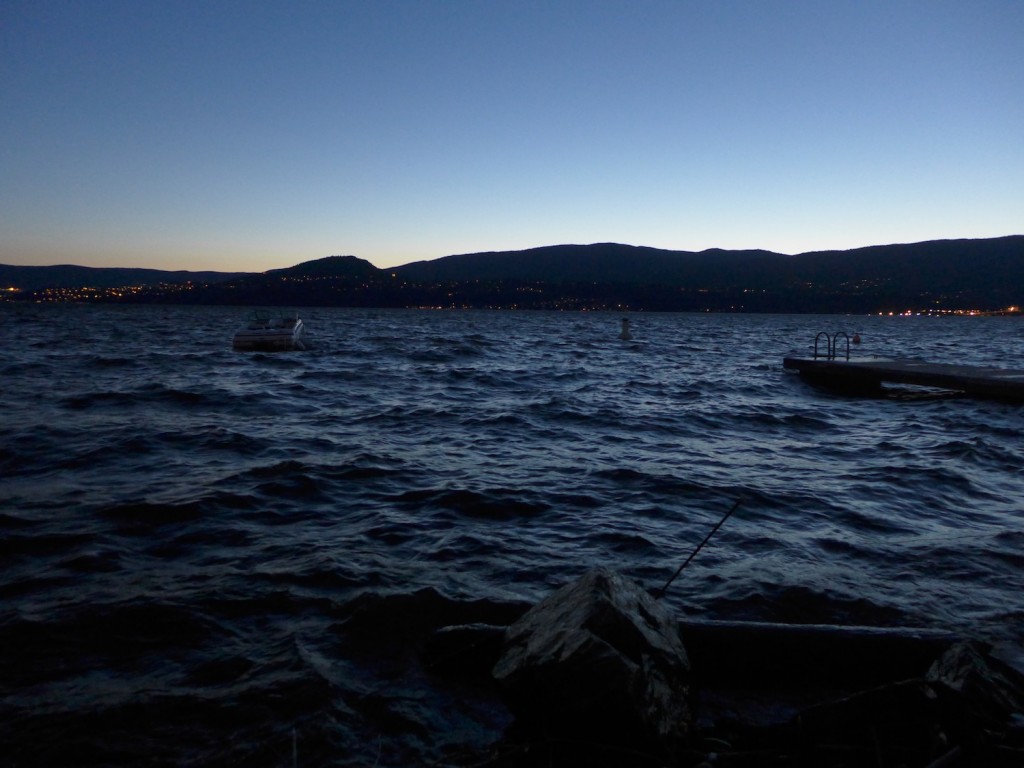
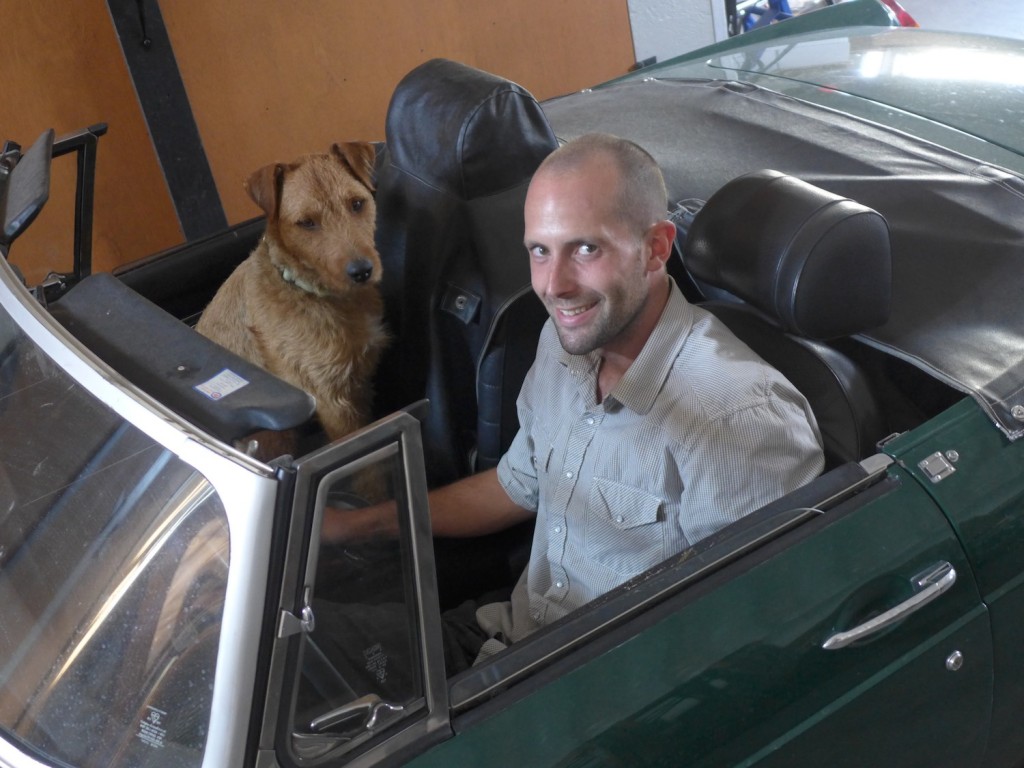
![120114_riesling_global_RZ [1600x1200]](http://www.stuartpigott.de/wp-content/uploads/2013/07/120114_riesling_global_RZ-1600x12008.jpg)
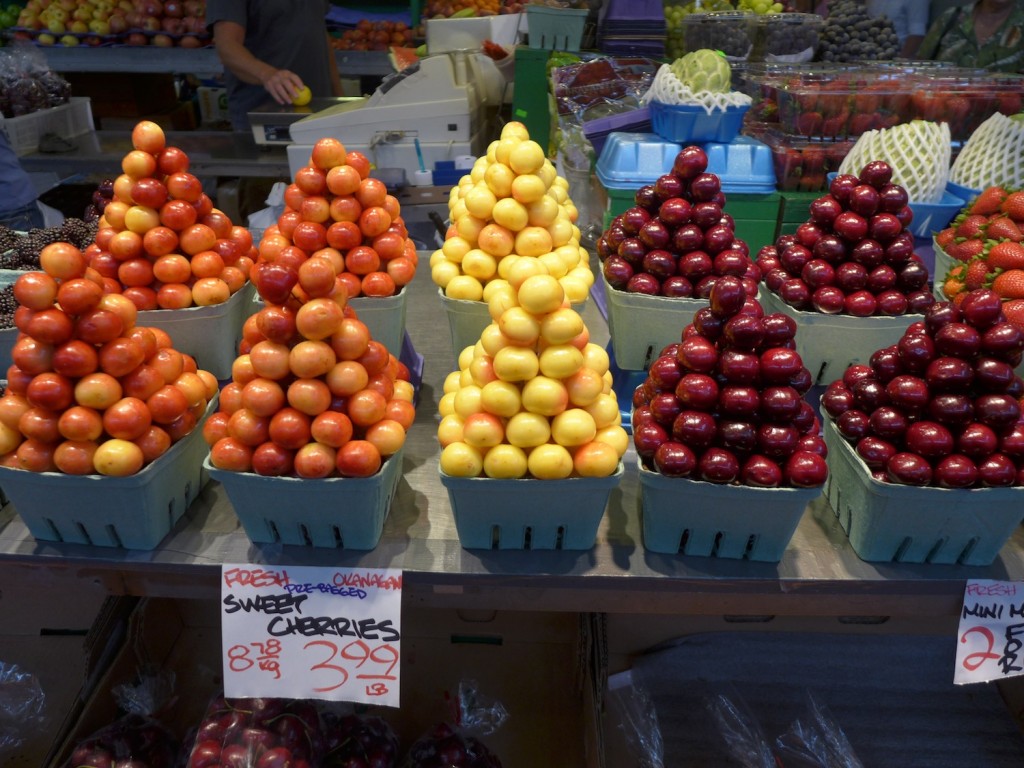
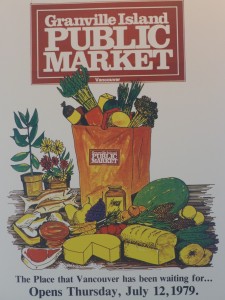
![120114_riesling_global_RZ [1600x1200]](http://www.stuartpigott.de/wp-content/uploads/2013/07/120114_riesling_global_RZ-1600x12007.jpg)

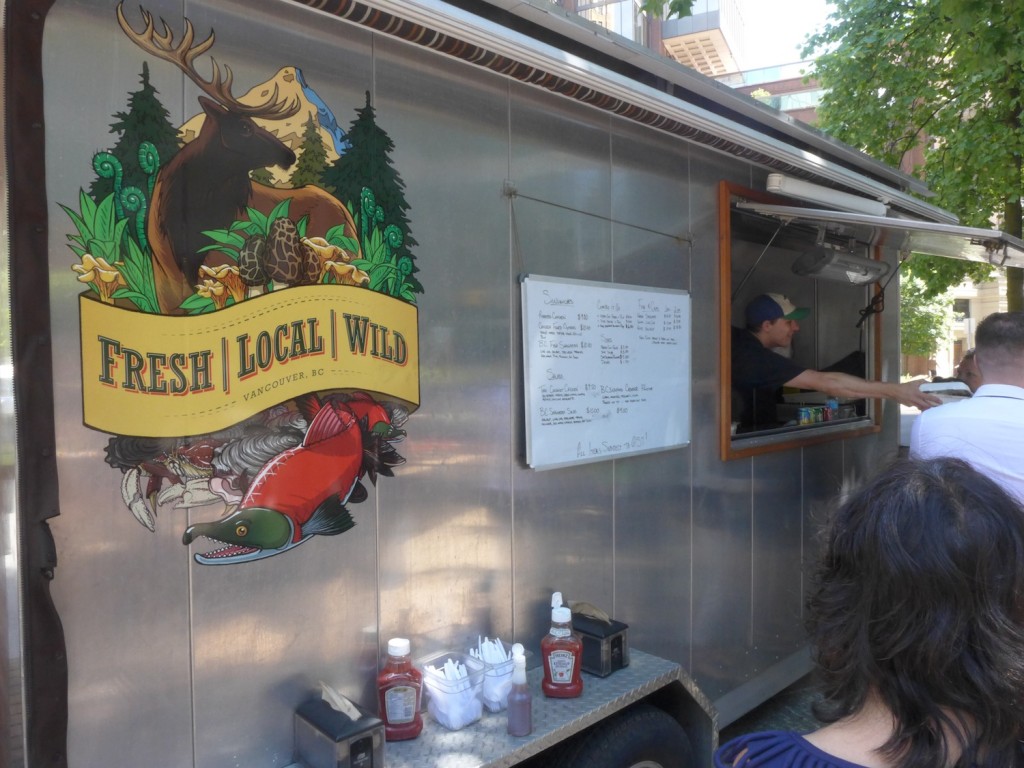
![120114_riesling_global_RZ [1600x1200]](http://www.stuartpigott.de/wp-content/uploads/2013/07/120114_riesling_global_RZ-1600x12006.jpg)

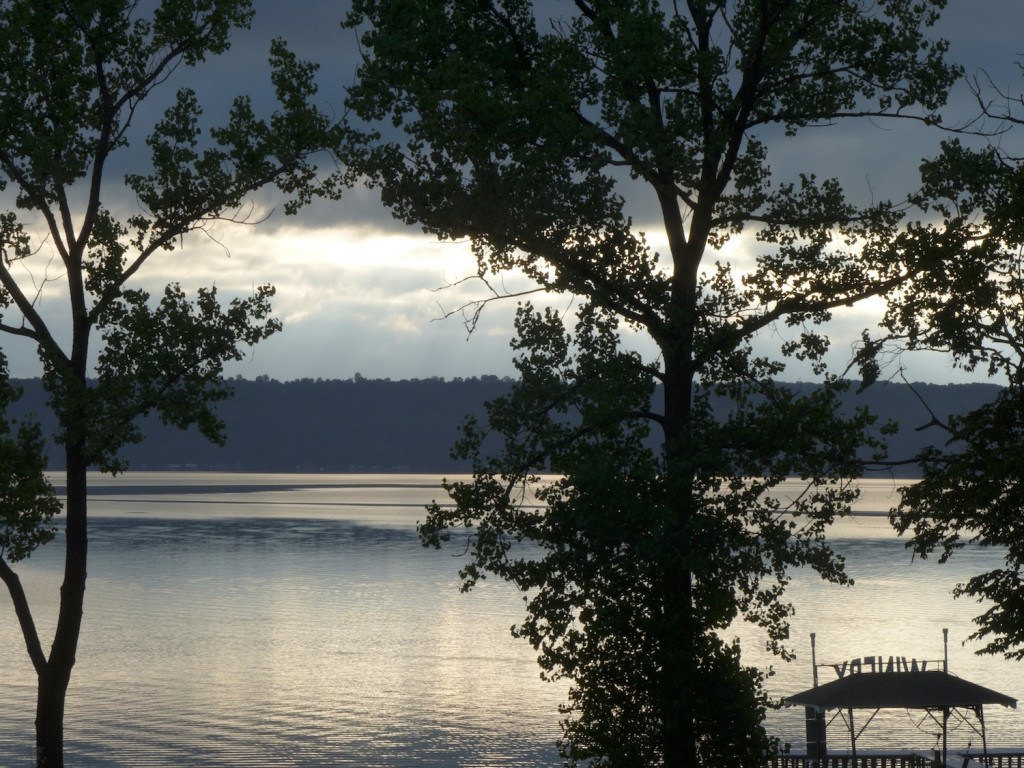
![120114_riesling_global_RZ [1600x1200]](http://www.stuartpigott.de/wp-content/uploads/2013/07/120114_riesling_global_RZ-1600x12005.jpg)
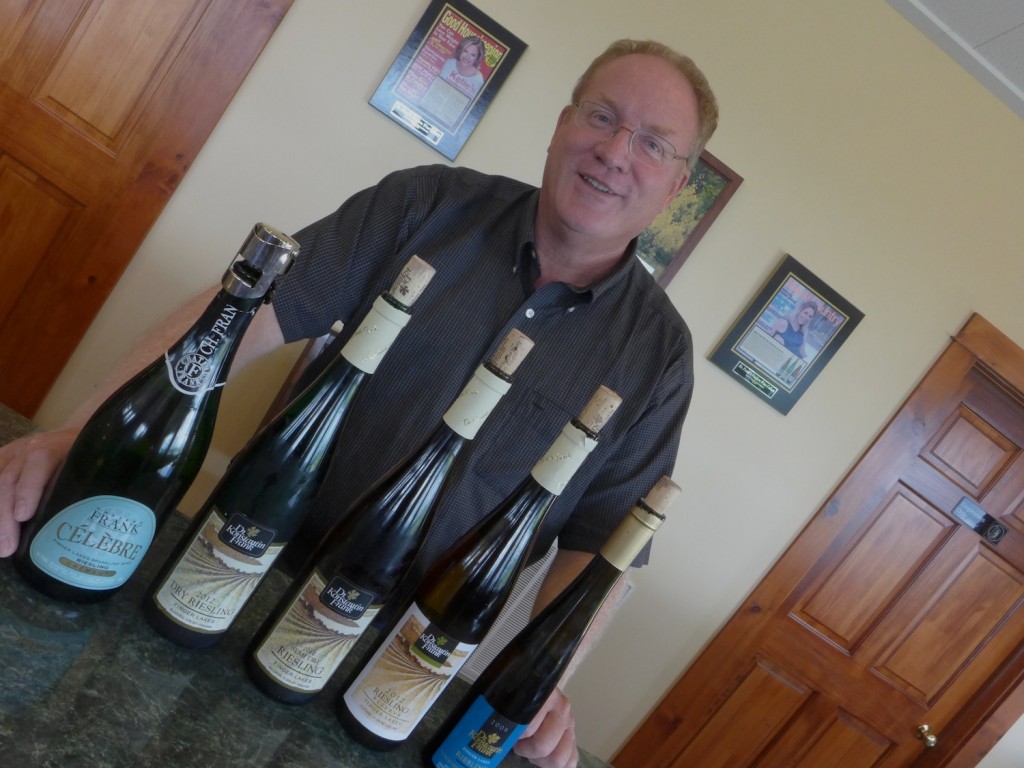


![120114_riesling_global_RZ [1600x1200]](http://www.stuartpigott.de/wp-content/uploads/2013/07/120114_riesling_global_RZ-1600x12004.jpg)
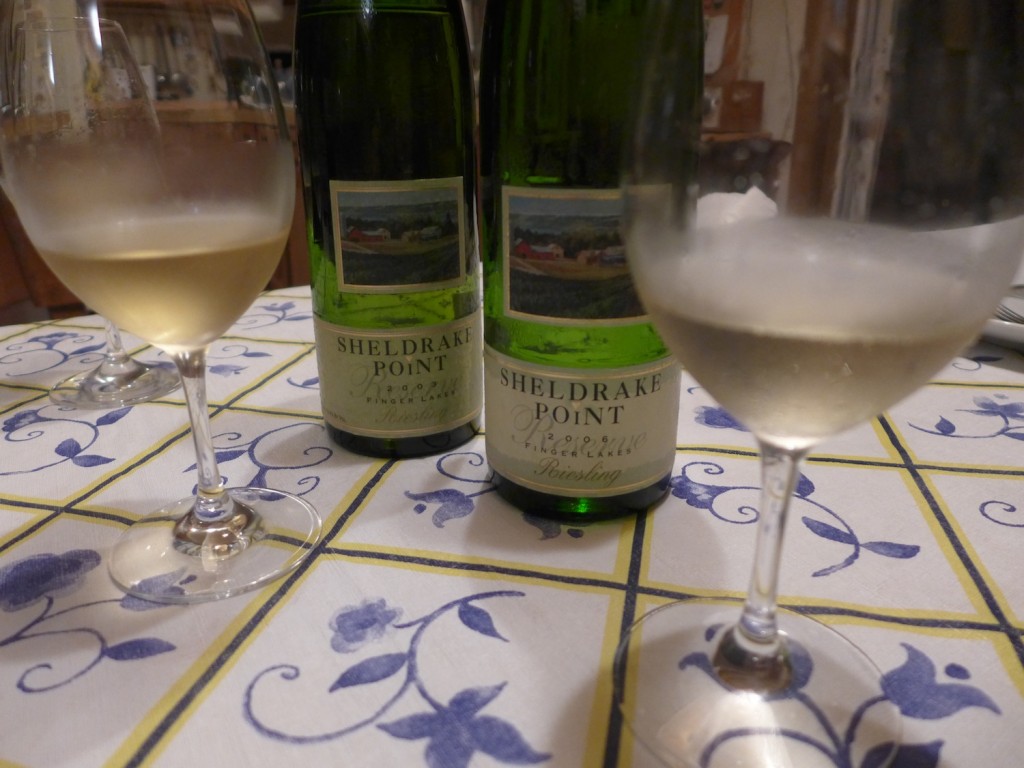
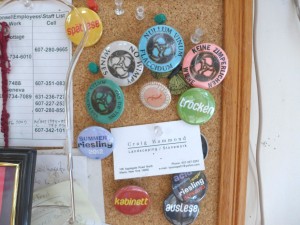
![120114_riesling_global_RZ [1600x1200]](http://www.stuartpigott.de/wp-content/uploads/2013/07/120114_riesling_global_RZ-1600x12002.jpg)

![120114_riesling_global_RZ [1600x1200]](http://www.stuartpigott.de/wp-content/uploads/2013/07/120114_riesling_global_RZ-1600x12001.jpg)
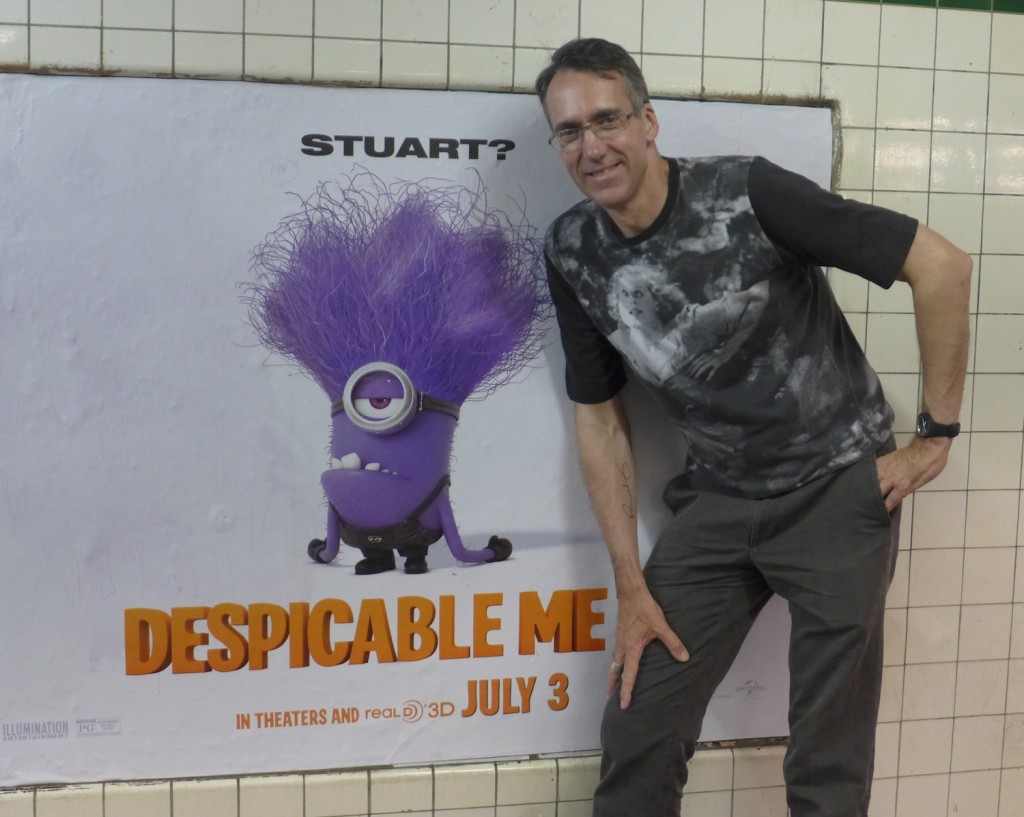


![120114_riesling_global_RZ [1600x1200]](http://www.stuartpigott.de/wp-content/uploads/2013/07/120114_riesling_global_RZ-1600x1200.jpg)


![120114_riesling_global_RZ [1600x1200]](http://www.stuartpigott.de/wp-content/uploads/2013/06/120114_riesling_global_RZ-1600x120021.jpg)